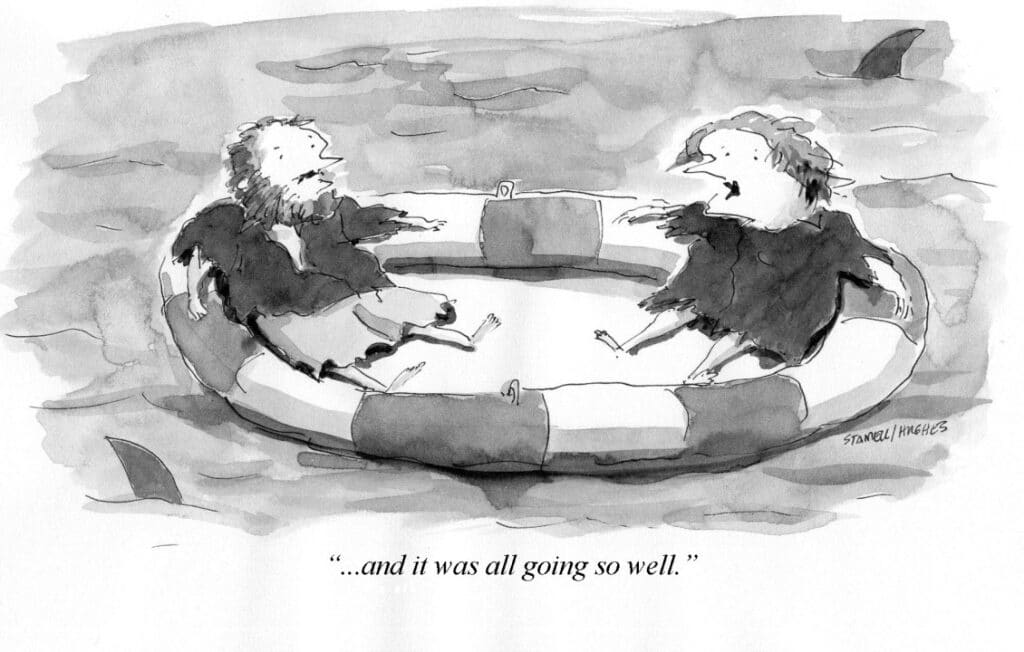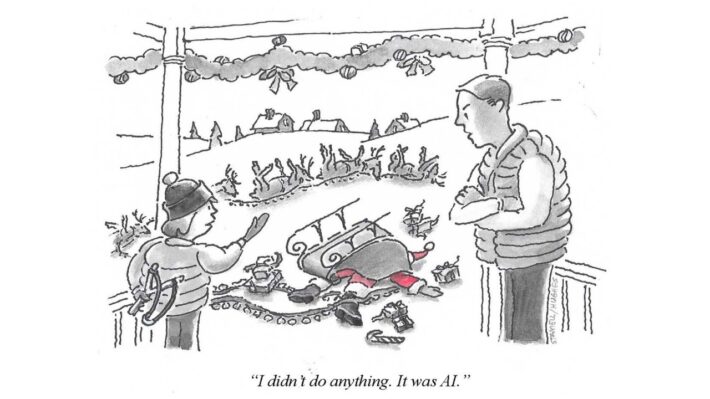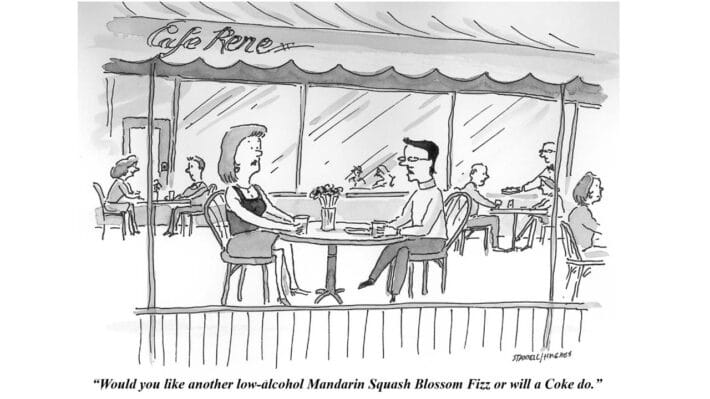Lessons We Can All Take From The Decline In DTC Wine Sales

5 Questions To Ask
Consumers are buying more wine than a year ago. That’s the good news and if you don’t look past that, everything looks rosy. DTC sales are still well above pre-pandemic levels but scratch the surface a bit and there are some reasons to ask questions on how the industry is encouraging consumers to buy direct. (BTW, if you’re in a different business, you may notice some interesting similarities with what is going on in wine so please read on.)
As reported recently by Wine Business Analytics/Sovos ShipCompliant, DTC wine shipments “for the latest 12 months totaled $4.1 billion, down nearly 4% from a year ago, while volume declined more than 9% to 7,454,935 cases. Shipments for Napa, which represents nearly 47% of the channel by value, largely mirrored the channel-wide trend. The latest 12 months saw shipments from Napa wineries fall nearly 4% to $1.9 billion in value. Volume fell 10% to 1,927,197 cases.”
The chart below shows how the 2023 trend is running close but below 2022.

The good news is that “consumer spending on domestic wine, including bulk imports, increased more than 16% versus last year to $69.4 billion in the 12 months ending in April, according to preliminary figures from market research firm bw166.”
So while wine sales overall are looking up at this point of the year, the DTC trends raise some pressing questions for many small to medium size wineries that are dependent on DTC sales for much of their revenue. When I spoke at the DTC Wine Symposium this past January, I noticed some commonly-held ideas about getting consumers to buy direct that caused me to question the results. Nearing the halfway point of the year, we may be seeing some difficult trends.
As already noted, DTC hasn’t yielded its pandemic gains. Value remains 14% above 2019. That’s all well and good but better to ask yourself these five questions now before waiting to see if a downward trend continues.
- How dependent is your winery on DTC sales?
Wine Business Analytics reported that “On-premise spending increased 29%, while off-premise spending also staged strong growth of nearly 10%.” Clearly, consumers are getting back to restaurants and buying from their local stores. That tends to benefit the larger wineries with good, national distribution. If you’re a small to medium winery, you already know that you have limited clout with big distributors and you’re likely benefiting less from the pandemic recovery than the big guys.
2. If DTC is an important revenue source for you, how are you attracting buyers?
Typically, there are four primary ways consumers are attracted to wine clubs and online purchases: from visits to tasting rooms, at events, advertising and direct email. Of course, consumers sign up organically too from word-of-mouth or coming across websites but there’s less that a winery can do proactively with organic signups.
3. Are you measuring the productivity of each buyer attraction method?
How many signups are you getting for each tactic you use with consumers? How many purchases are you getting from each? What is your return on investment ratio for each tactic? Do you know why they’re buying or why not? There is an old advertising axiom attributed to a 19th-century, Philadelphia retailer John Wanamaker who reportedly said, “Half the money I spend on advertising is wasted; the trouble is I don’t know which half.” With today’s digital tools, you should be able to measure the productivity of every marketing tactic you use and you should be able to quantify your customers’ lifetime value from different tactics so you can tell the best places to invest your money.
4. Are you treating consumers as buyers or building relationships?
Consumers, particularly Gen Z and Millennials, often bristle at the idea that they’re being treated as a transaction when they’re first looking to see whether your company is worthy of their patronage. They want to learn more about your brand and your approach to issues they’re concerned about such as sustainability, community involvement, packaging innovation and more. I recently signed up to get information from a California winery and quickly received an email offering me $10 off on a half-case of wine. “Wait a minute,” I thought, “I’m not ready to buy. I’m ready to learn.” Keep in mind that virtually every consumer you’re dealing with can find a nearby store where they can buy wine. It may not be yours but they can find other wines that will do just fine. If it’s just a transaction, the nearby store will do. You need more than that.
5. Can you replicate what takes place in your tasting room digitally?
When a consumer walks into your tasting room, they’re full of enthusiasm and inquisitiveness. A well-trained hospitality staff member will also greet them with enthusiasm and the two will begin an exchange of questions and answers where the winery learns about the consumer and the consumer learns all about the winery. If things go well, a sale of several bottles or perhaps, a case will take place and a relationship between buyer and seller has begun. Now, can you replicate that exchange digitally? Not exactly, but you can come close by using digital tools that enable you to ask questions at the right time, respond with specific information and get the consumer interested in your brand and your story, which in the long-term is worth a lot more than just buying wine. The key is thinking more about their lifetime value than it is making a quick sale.
What I’ve seen from most wineries is a “batch and blast” approach that places value on large email lists and frequent emailing. That has limited return as eventually, consumers get tired of them, unsubscribe or relegate the emails to their junk folders. You may think your emails are being read but if they go into junk, no one’s eyes ever look at them.
Even when consumers join wine clubs, the important information is not what their purchase history has been. It’s what you know about their interests, needs and perceptions, so you can build relationships. I may have bought a case of wine from you six months ago but if you don’t know why or anything about my lifestyle, you don’t have anything to work with other than what I bought in the past and that says nothing about the future.
There is another old saying which is “ask someone for money and they give you advice; ask for advice and they’ll give you money.” It’s true for fundraising and it’s true for sales. Consumers have opinions about buying wine direct and about your winery. If you don’t know what they are, you can expect downward trends to continue.
_________________________
Unlike any other marketing platform, Oomiji enables brands to capture their customers’ insights and tailor communications to who they are, what they believe and why they believe it. It is true 1:1 marketing at scale. Let’s get in touch to arrange for a demo.



